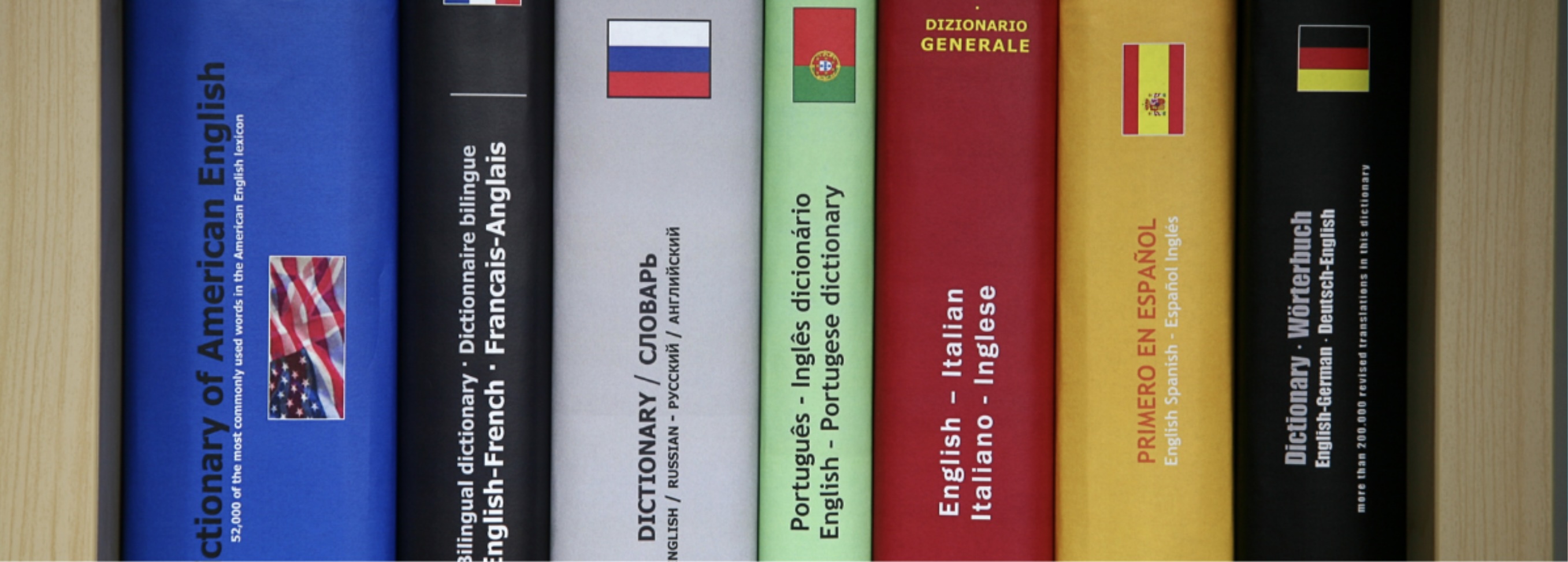
Text-to-speech technology helps students learn MFL.
If you’re learning a foreign language, you may have already turned to flashcards to memorize vocabulary and conjugations. Now, some students are using text-to-speech software to give their language skills a boost in addition to flashcards and classroom instruction. This technology can help learners improve their pronunciation, reading comprehension, and overall knowledge of foreign languages and concepts that would otherwise be difficult to grasp with the written word alone. If you’re looking for an extra boost in your foreign language education, then you should consider turning to text-to-speech software as well.
How does text-to-speech help?
Within the context of Education from Secondary and onwards into Higher Education, students with dyslexia have commonly used text-to-speech (TTS) technology to help them with reading comprehension as well as with proofreading large bodies of text that they have written such as essays and dissertations. Whilst TTS has more than proved itself to be useful in this context which is more than established within Higher Education for students with dyslexia and other neurodiverse conditions, it hasn't quite become the go-to tool for helping with learning Modern Foreign Languages, and yet there is a huge benefit in using TTS for this purpose. So often language learning is text-based and it can be difficult to remember how words and phrases are pronounced. When working alone studying, TTS provides the student with the ability to listen to text as they read it as well as listen to what they have written for course work. The ears are a useful tool for picking out those written phrases that don't sound right when the eyes can start to get tired and errors get missed. TTS reduces reading fatigue as one can simply stop looking at a screen and simply listen to the text.
Modern TTS products such as TextAid can work in multiple languages and can easily switch between languages for students (as well as adults in the workplace) who need to work in a bilingual way.
The benefits of text-to-speech for learning a language
The benefits of using TTS for learning a language are as follows:
-
It gives the student a more multi-sensory experience of learning (eyes and ears as opposed to just eyes) which makes better connections in the brain and helps with retaining information.
-
It makes language learning more enjoyable due to the multi-sensory nature of the learning.
-
It helps students with reading fatigue especially if they suffer from visual stress.
-
The text can be converted into audio thus helping with revision of keywords and phrases as well as allowing for mobile learning e.g listening to key phrases whilst having a run or traveling on a train.
-
TTS can help to reduce the overwhelm that so often comes with studying and revision for dyslexic students.
-
TTS is a recognised technology that supports students with learning difficulties and is provided free as part of the Disabled Student's Allowance Scheme here in the UK.
The downsides of text-to-speech in MFL
The downsides of using TTS when learning MFL tend to be related to more external challenges rather than the software itself but here are some considerations that need to be taken into account:
-
If used within school or university to participate in exams then the software needs to meet the Joint Council For Qualifications criteria for using TTS so that the student doesn't get an unfair advantage.
-
A lot of schools are not familiar with Assistive Technology and so some work may be needed to educate them on the benefits of usage and how the technology fits in within the classroom environment.
-
TTS can be used to help with listening to text from printed matter as well as on-screen, but the software needs to ensure that it is using effective OCR (Optical Character Recognition) technology to be able to convert a photo of text into text that can be read aloud. TextAid software can work with a mobile phone to scan text on printed matter and then read it out quite simply.
-
Sometimes the desired language may not be available on some software. Here in the UK and especially in Wales, access to Welsh TTS is rare, despite there being a mandate from the Welsh Government that English and Welsh should be used in Education equally. At the moment pretty much all the TTS developers have not been able to provide access to a Welsh TTS. Whilst Welsh is very much an exception in terms of finding software that supports it, for many other languages, spending some time checking out different software packages will mean that the student will more than likely find a package that works with their MFL subject. TextAid currently supports French, German, Spanish,Polish, Cantonese, Portuguese, Dutch, and many more.
Are you or students that you work with based in Wales? We would love to hear your thoughts on providing a Welsh TTS. Would you find that useful? What difference would that make to students who need to learn Welsh or students with dyslexia who struggle with learning languages?
When is it useful and when is it not?
When learning MFL, TTS is really useful in most education contexts provided it is used properly. For example, given the audio capability, within a classroom, lecture, or exam scenario, the use of headphones is recommended so as to not distract others.
How do I get my hands on some text-to-speech software?
It is really important that students at Secondary or Higher Education levels find the right TTS software that meets with their unique needs. Most providers will offer a free trial of software. For students in Higher Education who have a diagnosed learning difficulty such as dyslexia, they are eligible to apply for support from the Disabled Student's Allowance which should provide an appropriate TTS solution based on an initial needs assessment.
Here at Aventido, we would be happy to provide free trials of TextAid as well as free training, and details of this can be found on our product page.

Mary Wilcox
Mary has worked in the assistive technology sector since 2016 with experience in demonstrating software at both virtual and physical events.
Prior to working in Assistive Tech, Mary was a primary school teacher and uses her knowledge of teaching, learning styles and specific learning difficulties to educate people about assistive technology in a relaxed and easy-to-understand manner.
At Aventido, Mary continues to help people use Assistive Technology; providing webinars, presentations and training